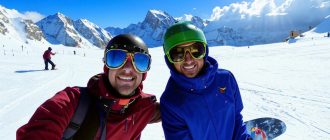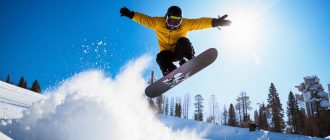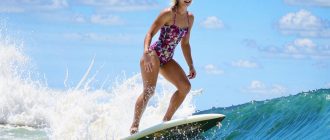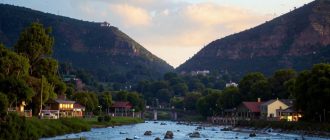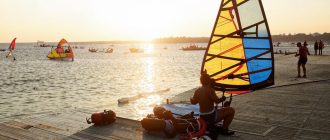The Olympic Games are unique: the best sports, the strongest athletes from all over the world, new records and the close attention of millions of spectators. The Games are “getting younger”: new disciplines are constantly being added to the Games, many of which until recently were impossible to present within the framework of the Olympics.
How does the life of a discipline change after it appears on the OI list? The national team is formed and the strongest athletes are selected. The coach of the national team is appointed, the training schedule is approved, and training camps are held. However, it’s not so simple: skateboarding, BMX, surfing are “street” sports that are difficult to limit within certain boundaries. It’s not so much a high performance sport, but a way of life and thought that has been shaped over decades. Besides, many professional athletes have their own training schedule, which they are not ready to change. And the effectiveness of the training process of very young “national teams” can be judged only after a few years.
Inclusion in the Games program opens up the discipline to a global audience, and also increases its number: a new army of fans comes after the debuting sports, and interest in competitions grows. Sport is changing: most of the time the changes are positive, but they are not without nuances.
We tried to understand what has changed for the new Olympic disciplines in Russia and turned to Athletes Club athletes as experts – Sergei Raspravaev, a member of the Russian national surfing team, and Konstantin Andreev, a member of the Russian Olympic BMX team.
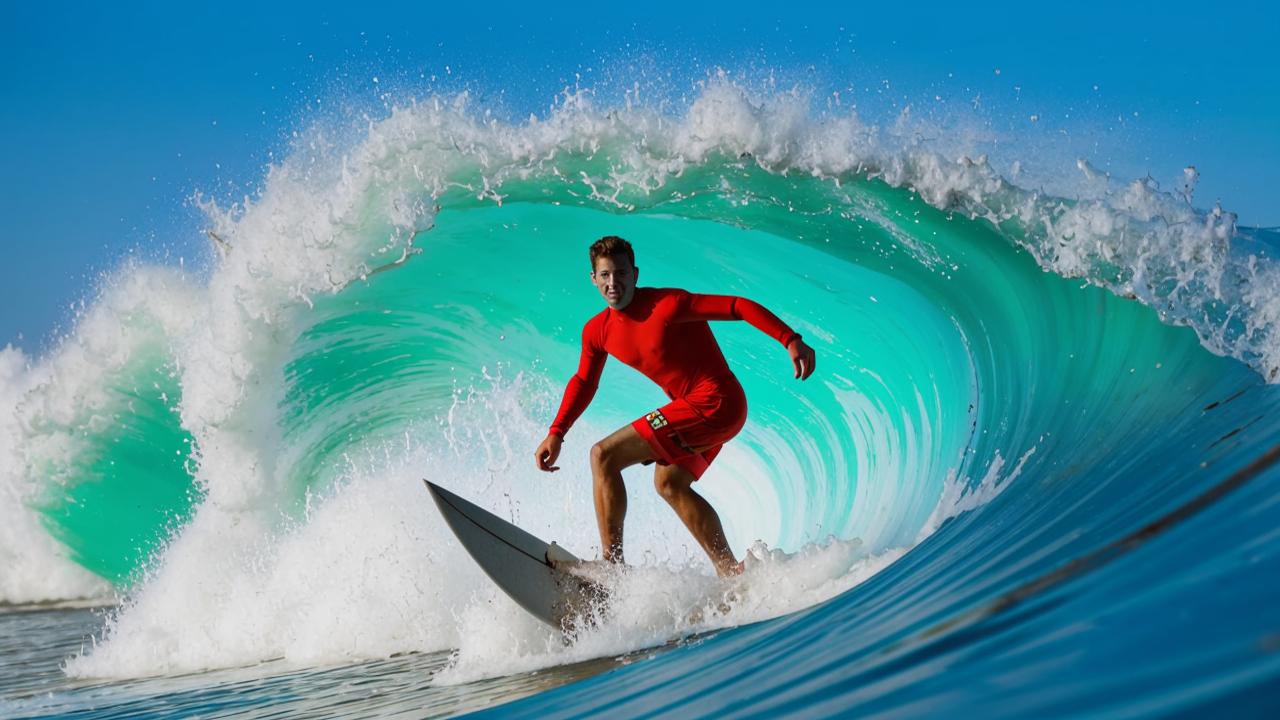
Sergei Expandvaev
Surfing
Surfing is hardly a popular sport in Russia: 20 years ago not many people had heard of it, and not everyone can afford to catch a wave today. The Russian Surfing Federation was founded in 2009 and was recognized at the world level in 2012. The low popularity of professional surfing in Russia is partly dictated by the difficult natural and weather conditions: we do not have many coasts where you can consistently hone your skills. The most popular spots are Kamchatka, Vladivostok, Black Sea coast, Leningrad region, Kaliningrad. There are good schools and competitions there, but it is not enough for stable training at the level of the Russian national team. The leading athletes of the planet meet in the world championships – the competition and the level of competitions are growing. Everyone dreams of getting to the Olympics, and talent alone is not enough: the training process plays a big role.
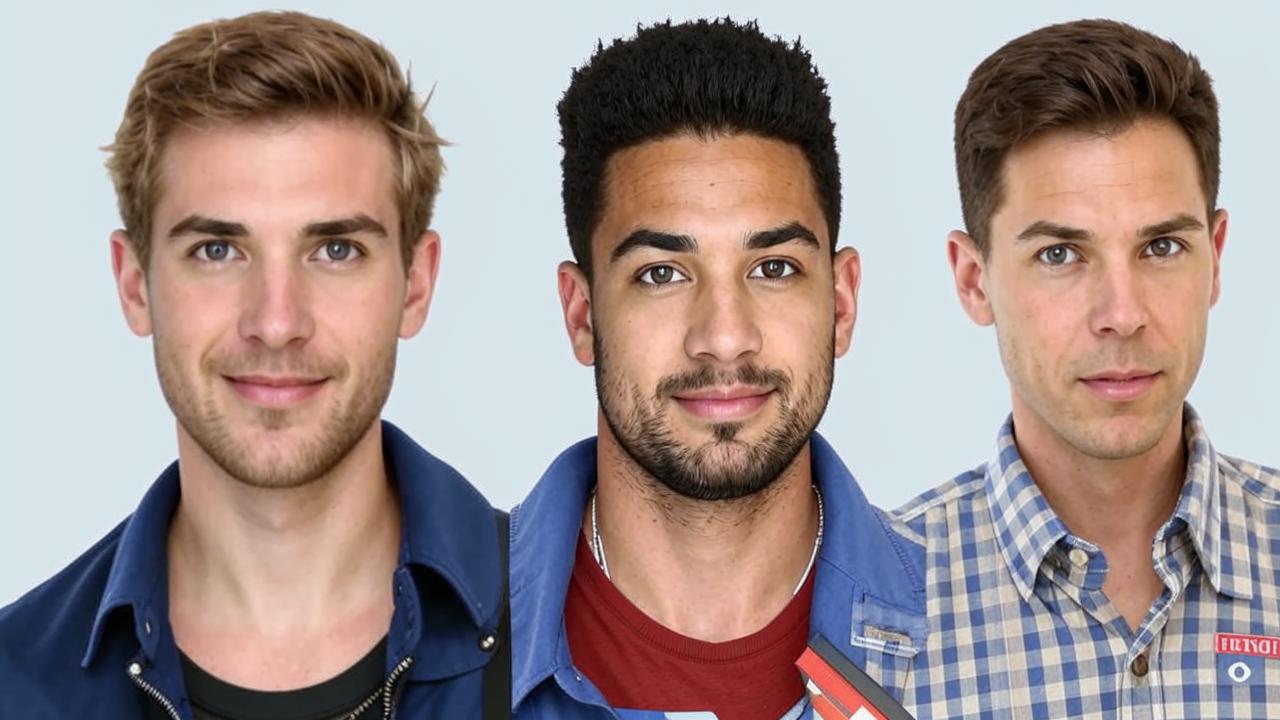
Member of the Russian national surfing team
There is no development plan in the national team, and now every athlete trains by himself. The national team meets once a year – last year it was in the Kuril Islands in the spring, while the World Championships were held in 30-degree heat in El Salvador. So far, with this approach, it makes no sense for us to expect high results. However, this does not mean that everything is bad: the first necessary steps have been taken, the state money is allocated – however, still insufficient for our country to be among the leaders in surfing. We hope that artificial waves will soon appear and our sport will become more developed.
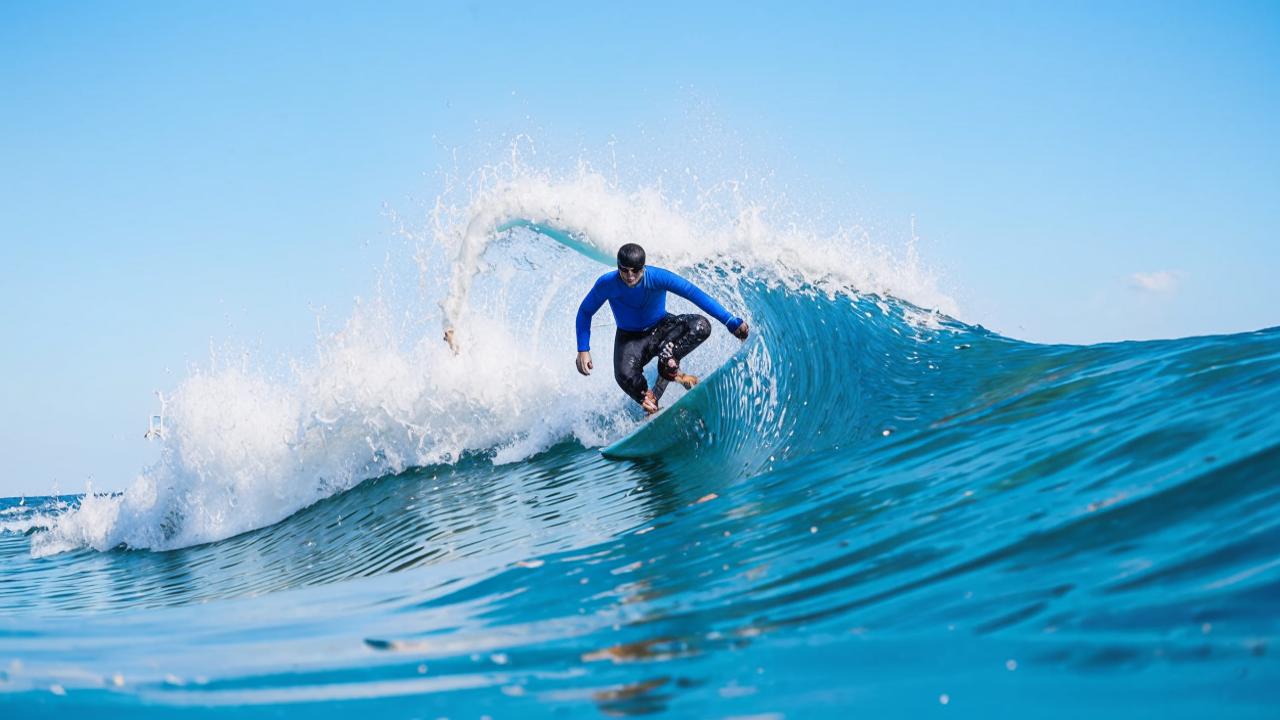
Sergei Vashtavaev
Since the inclusion of surfing in the list of official sports of the Olympic Games, the attention to it and the national team has predictably increased: the federal media familiarize the audience with the discipline and athletes, new sponsors come to the federation, the army of fans on the other side of the screen and in social networks is growing. Does this mean that new young athletes have come into surfing? Alas, no.
Unfortunately, you can still only enter the Russian Championships at the age of 18. I believe that this is the biggest limitation for the development of surfing in our country. Children’s sport is not developed at all.
There is a second nuance, which relates specifically to competitions in Russia. If we used to do 4-5 events a year, now there is only one Russian Championship and that’s it. With such poor competition experience it is difficult to develop.
BMX
BMX is managed by the Russian Cycling Federation on a par with road, track racing and mountain biking. BMX freestyle is a relatively accessible discipline that can be entered at the age of 4-5 years old. In recent years, there have been many new sections, schools and coaches who willingly take very young athletes: this option is available in many skate parks in major cities. By the way, new skate parks continue to appear – indoor areas where you can skate and train at any time of the year.
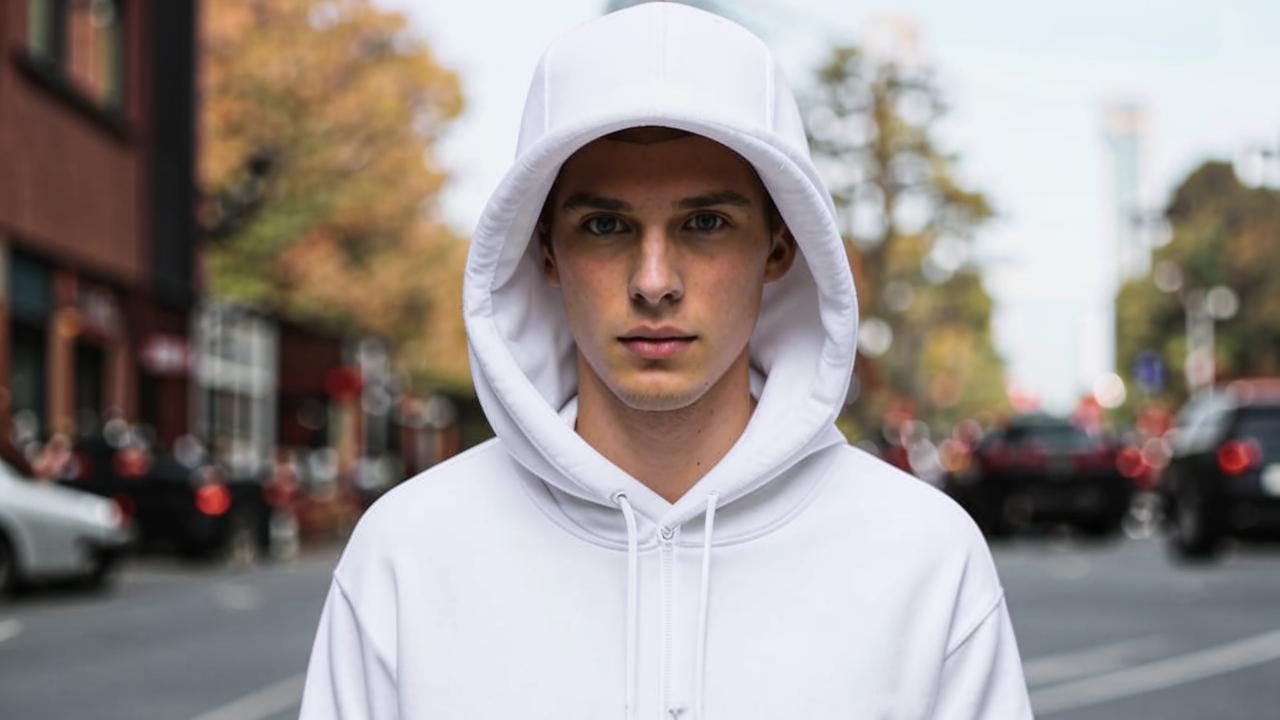
Member of the Russian Olympic BMX team
In Kazan (I just moved here, by the way), they built a huge skate park. At the moment it’s the best park in Russia, it opened just recently. Now all the coolest BMX riders will come here. Here you can pump yourself up in the fastest way possible, to become the best. Hopefully, this is just the beginning. I heard that this skate park was not built because of the Olympics, but for the occasion. But there is a chance that big cities in Russia will start building more skate parks and give both beginners and experienced athletes a chance to develop.
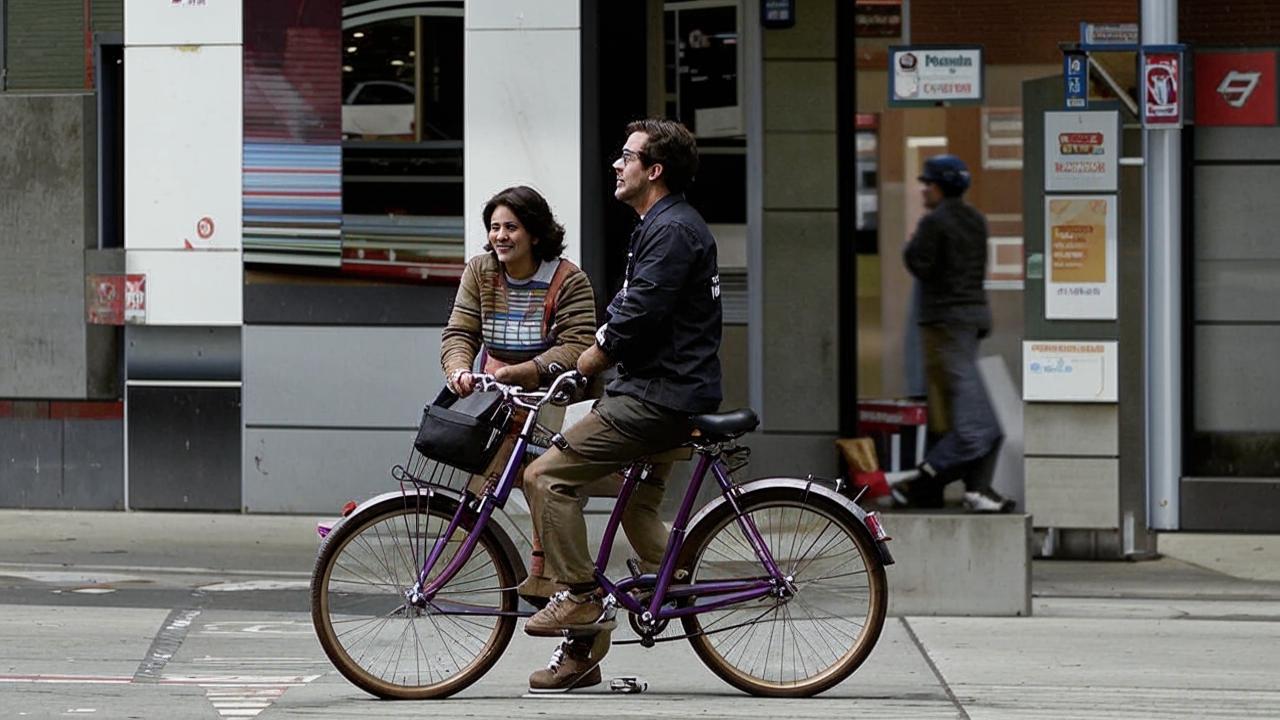
Konstantin Andreev
Progress is impossible without modern training grounds: athletes need conditions where they will have no limitations and will be able to reach their full potential and give their best.
We need cool skate parks, so that when we train in them, we come to big events and it seems to us that it is just a sandbox, that there is nothing complicated there.
Now I often skate in skate parks that are “small” for me. I feel like I’m wearing pants that are exactly the wrong size: they’re tight, they constrain my movements.
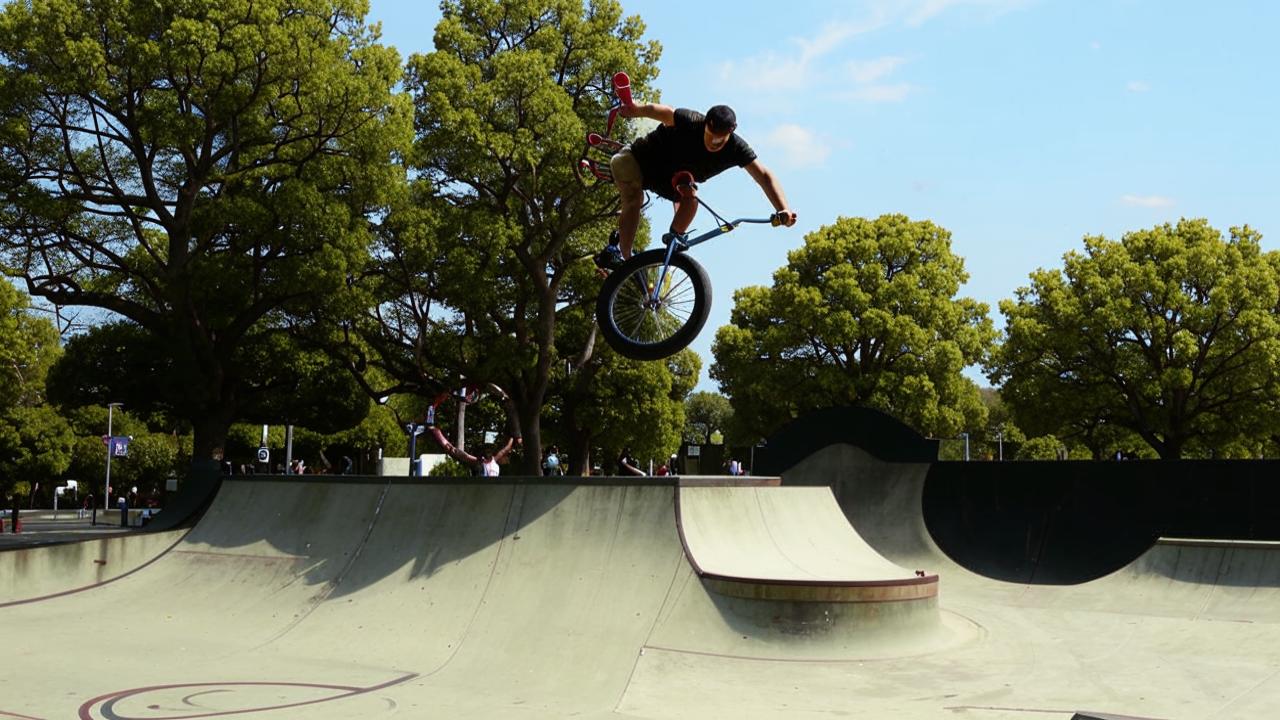
Konstantin Andreev
Russia has every chance to win gold at the next Olympics and to be on the podium at all international competitions: we have insanely talented guys! The only thing we need to do is to give them a helping hand and give them the conditions in which they can develop themselves.
At the Olympic Games in Tokyo, Russian athlete Irek Rizaev took sixth place in BMX freestyle. What is the situation with training in the Russian national team and what is needed for the level of athletes to constantly grow? Top Russian riders, Konstantin Andreev and Irek Rizaev, at the training camp are more oriented on their more than 15 years of experience and feelings, not fulfilling “with closed eyes” all the requirements of coaches.
Younger guys are adapting, but so far I can’t say if there is a difference: they haven’t caught up with us yet, although they have been performing the program 100%. Perhaps we have a losing approach, it’s hard to say yet.
The real result will be seen if an athlete who joined the national team at the age of 14 starts to fulfill the training plan 100%, as it is required of him, and by the age of 20 he will become a top athlete of the world level. The Olympics are over, and the next three to five years is when things will start to change.
The growing popularity of the new Olympic discipline is good for it: BMX is starting to be taken more seriously. If before street sports were considered just a hobby, which was often not supported by parents (and many people had to give up the sport because of disapproval of their elders), in the future to become a BMX-rider at the level of the Russian national team will be no less prestigious than a gymnast or volleyball player: now it is a big sport, which becomes recognizable.
If people used to ask: “What do you do? Oh, you ride a child’s bicycle.” Now it sounds more like: “What do you ride?” – “BMX,” “Ooh, cool, you do tricks, wow!”

